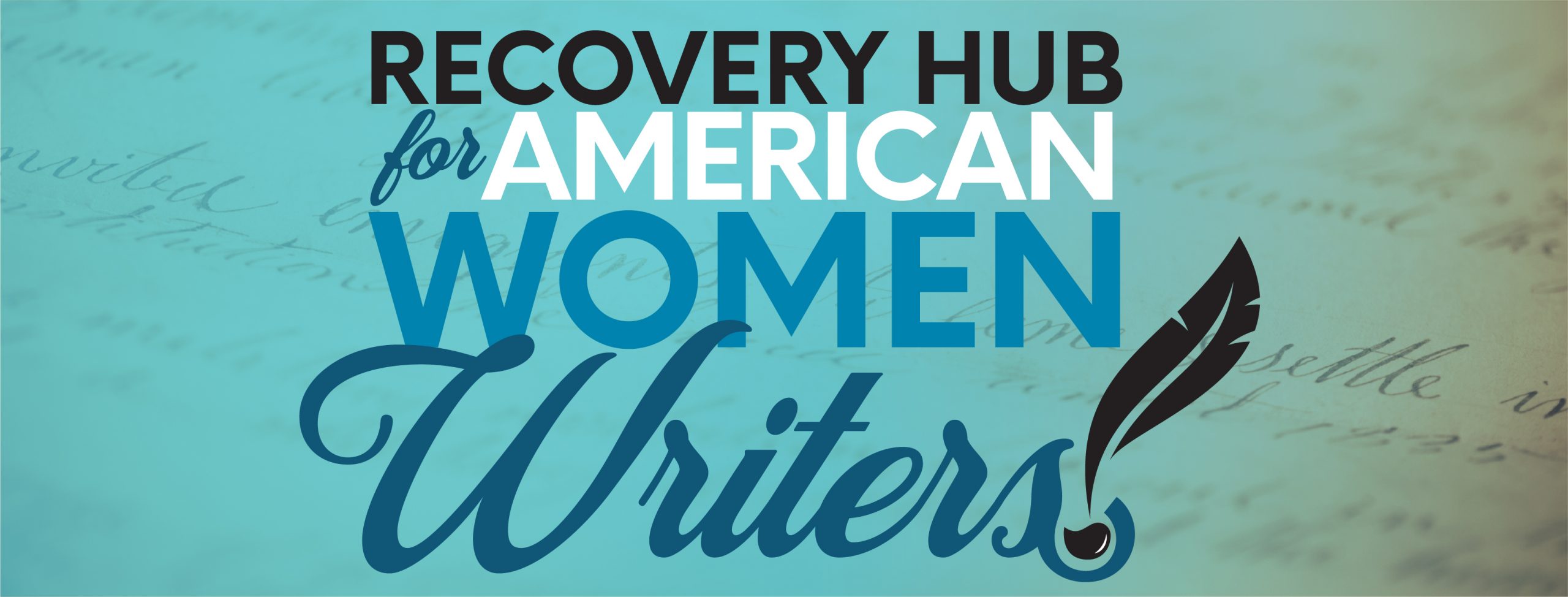Thank you for being a peer reviewer for the Recovery Hub of American Women Writers. This document outlines some of the principles that guide the Hub’s peer review model and provides a step-by-step guide to the process.
This model is based with permission on the model developed by Roopika Risam and Jennifer Guiliano for Reviews in Digital Humanities.
The Recovery Hub peer review process consists of two components: the private peer review and the public-facing project showcase. This model blends the genres of peer review and published review, allowing project team members to receive private, actionable feedback while also documenting the labor and intellectual achievements of their projects publicly in a format that is legible across institutional contexts.
The Hub’s peer review model is grounded in feminist practice. As such, reviews are open in that neither the reviewers nor the project team are anonymous. Open peer review promotes accountability, respectful dialogue, and one-on-one mentorship, in contrast to single-blind or double-blind models that can help to sustain and reinforce exclusionary practices within academia. Open peer review also recognizes the review itself as a form of academic labor and ensures attribution for the reviewers as well as members of the project team.
1. Peer review
Each project will be evaluated by two reviewers, who will independently read and evaluate the submitted project. You’ll submit your feedback via this submission form, which will be sent to the Recovery Hub editorial team and to the project team. The peer review process asks you to consider the project at two levels, evaluating its place within its larger disciplinary contexts (both its humanistic field and the umbrella field of digital humanities) and offering specific feedback to the project team on the project’s strengths and areas for improvement, expansion, or future development.
When you are invited to review a project, you will receive an email with the documentation submitted by the project team and a link to a webform where you can submit your responses, based on the following prompts.
Evaluating the project within its fields:
- Briefly summarize the project goals/outcomes as you understand them
- Where does the project fit within its humanistic field?
- How does the project make use of technology to advance its goals?
- Does the project address the audience named in the project description?
- What commitments does the project demonstrate toward inclusivity?
- What measures has the project taken to ensure accessibility?
- Has the project given appropriate attribution to project team members?
- How does the project address issues of long-term sustainability?
Specific feedback for the project team:
- Technical considerations
- Scholarly claims
- Other resources authors might consult
- Additional comments
Editorial recommendation
- Accept for showcase
- Minor revisions (please describe)
- Revise and resubmit (please describe)
- Reject (please explain in detail)
2. Review response
After the reviewers have submitted their feedback, the Recovery Hub will send it to the project team, who will have a chance to read, respond to, or (if applicable) act on the feedback before the project showcase is written.
3. Assembling the project showcase
The project showcase is written collaboratively by the peer reviewers and, if applicable, by members of the project team. This showcase, which is posted on the Recovery Hub’s website, highlights the project’s strengths, innovations, and impacts on the field. The showcase serves multiple purposes:
- It documents the work of individual scholars in a form that’s legible to institutions and committees.
- It documents the expansive work being produced by recovery scholars.
- It addresses one of the persistent challenges of digital projects, that they are often not cited in print scholarship, by placing digital scholarship in conversation with print scholarship in its disciplinary contexts.
- It highlights the wide variety of projects being supported by the Recovery Hub.
Much of the content for the showcase will draw on the reviewers’ evaluations in the peer review phase. The most essential difference is one of audience: while the peer review should include actionable feedback for the project team, the showcase focuses on the field(s) at large and where the project sits within the broader landscape.
After the project team has reviewed the peer review forms, you will be provided with a shared Google Doc where you and your collaborators can copy content in, add screenshots where appropriate, and edit as necessary, using the comment feature to communicate with co-authors. Once all collaborators are satisfied with the showcase, please send a quick email to recoveryhub@siue.edu.
Components of the project showcase (adapted from Reviews in Digital Humanities):
- Project abstract (provided by the project team)
- Project description (provided by the project team)
- Summary of the project’s place within its field (synthesized from reviewer reports)
- Summary of the project’s use of technology (synthesized from reviewer reports)
- Other important contributions the project makes (e.g. toward inclusivity, accessibility, or sustainability)
- Supporting links and screenshots where useful
4. Showcase review and publication
Once the showcase is complete, it will be reviewed by members of the Recovery Hub editorial board and then published.
